76 F. high temperature at KMSP Friday afternoon.
66 F. average high for September 28.
81 F. high on September 28, 2011.
80+ high temperatures likely today in the Twin
Cities. We may come close to 80 again Sunday afternoon. The last 80 of
2012? The way 2012 is turning out (historic warmth) all bets are off
this autumn.
Frost possible in the suburbs by Friday morning.
October 4. Average date of the first 32 degree low temperature in the Twin Cities.
 3 days
3 days with more than a "trace" of rain this month in the metro area.
1952. The last time it was this dry across the state of Minnesota during September.
The Amazing, Shrinking White Bear Lake. What
happened to White Bear Lake? The photos are a stark reminder of what's
happening statewide: lake water levels are down 2-5 feet, but the
problem is much worse on White Bear: "
White Bear Lake is plummeting
to a record low water level due to the current drought and large amount
of groundwater pumping. Some lakeshore property owners have had to
constantly expand their docks to reach water's edge." (MARLIN LEVISON/STARTRIBUNE
Rainfall Necessary To End The Drought. Based on
NOAA's Palmer Index, the values above are the rainfall amounts necessary
to end the drought. Those amounts range from 5-6" in the Twin Cities
metro to 8-11" over southern counties, to as much as 11-13" over the Red
River Valley. A couple of storms won't do the trick - it may take many
months to dig ourselves out of this dry, dusty hole. Map: NOAA, USDA and
Ham Weather.
Good News For Dock Companies. Good grief - look at the collection of extendable docks on White Bear Lake. Details: "
White
Bear Lake is plummeting to a record low water level due to the current
drought and large amount of groundwater pumping. Docks along the
shoreline need to be constantly extended." (MARLIN LEVISON/STARTRIBUNE
.30" rain so far this month; driest September since 1882. Photo credit:
Paul Sundberg Photography.
2.80" normal rain as of September 27.
77.45% of Minnesota in moderate drought - up from 13.67% just 3 months ago. Details below.
45 Minnesota counties in severe or extreme drought as of September 25. Source: U.S. Drought Monitor.
331 months/row where the global temperature exceeded the 20th century average. Source: NASA GISS.
"...In total over 35 percent of Minnesota's landscape was
designated to be in severe or extreme drought, the largest fraction of
the state since the fall of 2006. The only Minnesota county not
designated to be drier than normal is Cook in the far northeast." - from Dr. Mark Seeley's WeatherTalk blog; details and links below.
"
Noted sea ice geophysicist and climatologist Professor John Yackel from
the University of Calgary has delivered a bombshell: He recently
declared after the latest Arctic ice melt that, "This is the smallest
minimum ice extent we've ever had, and not just in the satellite record,
but probably in the last million years." - excerpt from a San Francisco examiner.com article; details and links below. Photo above: NOAA.
One Of The Driest Septembers On Record. Actually,
it's the second driest September in modern-day records dating back to
1891, the driest since 1882 for MSP. Here's an excerpt of this week's
WeatherTalk blog post from Dr. Mark Seeley: "...
The
real story for September was the dryness due to absence of rainfall.
Many observers reported measurable rainfall amounts on only 2-3 days,
resulting in one of the driest Septembers in history on a statewide
basis. The driest September was 1952 when the statewide average
rainfall was just 0.57 inches. This year's statewide value will be
close to that one. Many observers clearly reported their driest
September in history, including Windom (0.30"), Moorhead (0.19"),
Willmar (0.14"), Collegeville (0.08"), and Morris (0.03"). For Morris
and Collegeville it was one of their driest months in history as well.....
As
of the end of September the U.S. Drought Monitor placed all or parts
of 45 Minnesota counties in severe to extreme drought, most notably in
southwestern, south-central and northwestern Minnesota."
Photo credit above: "
White Bear Lake is plummeting to a
record low water level due to the current drought and large amount of
groundwater pumping. Some lakeshore property owners have had to
constantly expand their docks to reach water's edge." (MARLIN LEVISON/STARTRIBUNE).
More Sinkhole Than Waterfall. That's a photo of
Minnehaha "Falls" taken by WeatherNation TV meteorologist Addison Green
on Thursday. Not even a trickle of water. Not good.
Minnesota's Drought Deepens. The latest
U.S. Drought Monitor
shows 98.08% of the Gopher State is now "abnormally dry", 77.45% of
Minnesota in moderate drought - severe drought now pushing across
central Minnesota into the northern suburbs of the Twin Cities. Extreme
drought is expanding across far southern Minnesota and much of the Red
River Valley. We started the year in serious drought - we will end 2012
in serious drought.
A Slow Motion Weather Disaster. No such thing as a
Drought Warning - local meteorologists aren't interrupting Dancing With
The Stars for drought updates, but what's happening over the central USA
is nothing short of a disaster for many farmers. According to the
U.S. Drought Monitor
nearly 69% of the USA is "abnormally dry". The area covered by moderate
drought has increased from 42% in late June to 54%; extreme drought has
expanded from 7% of the USA to nearly 18% of America as of September
25. Some relief is expected over the Southern Plains and Lower
Misssissippi River Valley, but little sustained relief is anticipated
from the Upper Midwest westward to the Rockies.
Evolution Of An Historic Drought. The time-lapse
above shows 12 weeks worth of evolving drought conditions. The soggy
remains of Hurricane Isaac provided some partial relief for the
Mississippi and Ohio River Valleys in late August and early September.
The driest conditions have been shifting westward in recent weeks; right
now the worst conditions (extreme to exceptional drought) found over
the Plains states. Map: NOAA and USDA.
Expanding Drought - Exhibit A. There was a lake here
the last time I checked. This photo sums up the problem, which has
reached alarming levels at White Bear Lake: "
White Bear Lake is
plummeting to a record low water level due to the current drought and
large amount of groundwater pumping. Stairways that formerly led to
water's edge now end at a grassy beach." (MARLIN LEVISON/STARTRIBUNE).
16 months in a row of warmer than average
temperatures in the Twin Cities metro. Temperatures have been
consistently warmer than average since June, 2011.
"...
The fact that outdoorsmen — 50 percent of whom identify as
conservative — are firmly aware of the changes on our natural resources
from global warming makes sense. As Theodore Roosevelt IV put it:
"The nation’s fishermen and hunters are in the frontline of our field naturalists. Doing what they love best they see firsthand the impact of climate change on natural systems and our wildlife. Their conclusions are based on observations made over years spent in the out of doors." - from a post at Think Progress below.
"...
For conservatives," he says, "it's seen as an attack on our
lifestyle. You can't live in the suburbs. You gotta give up that big
car." He knows people don't like to be told what to do. But Inglis
remembers his dad teaching him to save gas by letting up on the pedal
and coasting. He says a party that once valued thrift now touts a
philosophy of "burn it up." "It's not conservative to waste stuff,"
Inglis says, "and to cause somebody else's kids to go on the sands of
the Middle East to fight for that stuff that we're wasting." At stake,
he says, is the most basic of conservative principles: whether we leave
our children a place that's pleasant and livable." - from a post describing a conservative approach to climate science at North Country Public Radio; details and links below.
What's 50 Degrees Among Friends?. We should top 80
today in the metro; 15 degrees or more above average. Sunday should be
nearly as warm; a taste of late August in late September. Soak up the
warmth and sunshine, because a temperature tumble is likely later this
week, a few models hinting at frosty conditions over the suburbs by
Friday morning. Graph: Iowa State.
Status Quo. The 84-hour NAM model shows more heavy
rain for the Gulf coast, spreading into the east coast by Monday and
Tuesday. Dry weather prevails from the Pacific coastline across the
Central Rockies and Great Plains, unseasonable warmth being swept across
western Canada into the Upper Midwest and Great Lakes, with
temperatures 10-20 degrees above average. No tropical systems in sight -
the Atlantic unusually quiet.
Lukewarm Into Tuesday. The ECMWF (European) model
shows 70+ readings into Tuesday, followed by a reality check the latter
half of next week. A wave of low pressure rippling along the leading
edge of chilly, Canadian air may spark a little light rain shower
activity Wednesday and Thursday, followed by a clearing trend Friday
(and a potential for late-week frost). Skies should clear for next
weekend, highs stuck in the 40s north and 50s south).
No Sustained Winter Chill - Yet. There's little
doubt it's going to cool off after Wednesday; light jacket weather
likely by the end of next week. But the same warm bias we've seen all
year may return, the GFS model (above) showing a rerun of 60s and even a
few 70s for the second week of October.
Typhoon Jelawat Closing In On Okinawa, Japan. The Washington Post's
Capital Weather Gang has an update; here's an excerpt: "
Typhoon
Jelawat remains a formidable storm as it passes dangerously close to
Taiwan on path towards Okinawa and then mainland Japan. On Sunday,
Jelawat became the second super typhoon to pass over the region in two
weeks: Sanba was just there on September 13-14. While the western
Pacific is no stranger to frequent typhoons, it is quite rare to have
two consecutive super typhoons (a “super typhoon” is a tropical cyclone
with maximum sustained winds of 150 mph or greater)."
* the latest radar image of Jelawat is
here, courtesy of the JMA, the Japan Meteorological Agency.
Hurricane Force. A typhoon is the same thing as a
hurricane, although Pacific hurricanes are, on average, 30-40% bigger
than Atlantic hurricanes (more ocean = a longer "fetch" of warm water,
more runway for these storms to grow). Here's some terrific YouTube
footage that captures the ferocity of Jelawat: "
Check out the
powerful wind gusts generated by Typhoon Jelawat. Footage taken at
9:45 AM Tokyo time, Sep. 29, 2012. The winds are literally pushing
back the surf."
Putting The Eyes Of The Crowd Into The Eye Of Hurricanes. Crowd-sourcing hurricane wind information? Why not. Here's an excerpt of another fascinating article from
Climate Central: "
Ordinarily,
it takes an advanced degree and years of training to become a bona
fide hurricane expert. But thanks to an innovative new project,
ordinary citizens can make a real contribution to hurricane science
armed with little more than an internet connection, a sharp eye and a
bit of enthusiasm. The project is known as Cyclone Center,
and it’s designed to crowdsource one of the most important questions
facing scientists: how strong are the winds in the average hurricane or
typhoon?"
Storm Reports. September and October can bring a
secondary spike of severe weather, as chilly Canadian air advances
south. A persistent frontal boundary produced hail, straight-line winds,
even a few tornadoes from Colorado and Texas into the Ohio Valley. The
map above shows a week's worth of severe storm reports; hail in blue,
flash flooding in green, tornado reports show up as red dots. That's one
small consolation of a drought: no Gulf moisture capable of sustaining
severe T-storms. Map: NOAA SPC and
Ham Weather.
Waterspout! The National Weather Service in Key West has details, via
Facebook: "
Waterspout report just in. Waterspout located at 120 yards South of Smathers Beach."
Great Smoky Mountain Sunrise. I'm impressed with the
quality of photography we're receiving on a consistent basis. This pic
is courtesy of Chris Higgins Photography and
WeatherNation TV: "
Sunrise from Cades Cove in The Great Smoky Mountain National Park this morning, before the rain moved in."
"Sunflower Shelf Cloud". This (stunning) photo of an advancing severe thunderstorm, lit up from below by cloud to ground lightning, was taken by
Scott Ackerman Photography,
courtesy of WeatherNation TV. The smooth, laminar cloud formation was
triggered by a temperature inversion, temperatures warming with
altitude. Amazing.
A Sunrise To Remember. Here's a
panorama of The Apostle Islands and Lake Superior, taken by Migizi Gichigumi on Friday.
Technicolor Sunset. Michael Trofimov snapped this photo of the setting sun near Battle Ground, Washington.
U.S. Navy Looking At Obtaining Fuel From Seawater. Gizmag.com has the details: "
Tell
someone that you’ve invented a car that runs on water and they're
liable to report you for fraud. That hasn’t stopped scientists and
engineers at the U.S. Naval Research Laboratory (NSL) who want to run
warships on seawater – or at least, to turn seawater into jet fuel. This
may sound like they’ve been standing too close to the ether again, but
the idea is to extract carbon dioxide and hydrogen from seawater and
then convert these into jet fuel by a gas-to-liquids process. If this
proves practical, American naval vessels could refuel themselves at sea."
California Gives The Go-Ahead For Driverless Cars On Public Roads.
I still can't quite wrap my brain around this one. True, commutes can
be monotonous, but I enjoy driving (most of the time). Why would I want
to automate this? Maybe our kids or grandkids won't have an issue with
this, but short-term you'll have to pry my cold, dead fingers off the
steering wheel. Here's an except from
gizmag.com: "
California
Governor Jerry Brown has signed a bill that will allow Google (and
other companies) to test autonomous vehicles on state-owned roads. The
bill – which is similar to those already enacted in Arizona, Florida, Hawaii, and Oklahoma – allows the state to oversee safety and performance standards. According to data from the National Highway Traffic Safety Administration,
there are around 30,000 to 37,000 fatal car accidents every year. The
technology being implemented in autonomous vehicles could reduce that
number dramatically, particularly in the case of human error."
Photo above:
Yahoo News.
The Real Carpet King. Thanks to
Crystal Kuehn for snapping this remarkable pic of a station wagon completely covered in....carpeting? But why? Never mind...
Words of Wisdom. Thanks to yourecards.com and my
sister, Joan, who is German, so she can almost get away with sharing
this. "Ich liebe dich!" How romantic.
Pinch Me. Would someone please pinch me? How can we
see 80 F. readings when the sun is as high in the sky as it was back in
mid-March. Come to think of it we saw 70s in March, so never mind. When
in doubt, forecast warmer than average; odds are you'll be close. Under
another postcard-worthy sky highs reached a respectable 71 at Duluth, 76
in the Twin Cities, 79 St. Cloud and a balmy 80 at Alexandria and
Redwood Falls. Today should be a good 3-5 degrees warmer than yesterday.
Paul's Conservation Minnesota Outlook for the Twin Cities and all of Minnesota:
TODAY: Sunny. Perfect. Unseasonably warm. Winds: North 3-8. High: 81
SATURDAY NIGHT: Clear and comfortably cool. Low: 49
SUNDAY: Blue sky. Colors peaking up north. High: 79
MONDAY: More clouds, passing shower from an Alberta Clipper? Low: 52. High: near 70
TUESDAY: Sunny, warming up again. Low: 47. High: 75
WEDNESDAY: Clouds increase, late shower? Low: 49. High: 69
THURSDAY: Cooler with showers tapering - slow PM clearing. Low: 42. High: 55
FRIDAY: Frost possible over the suburbs early. Cool sunshine. Low: 34. High: 52
* skies should be partly sunny next weekend, with highs mostly in the 50s.
How Dry We Are
I don't want to be Debby Downer. There's enough
depressing news. As much as I'm enjoying this stretch of lukewarm,
postcard-perfect, Chamber of Commerce-worthy weather, I'm seeing red
flashing lights.
It's dry out there. According to Dr. Mark Seeley
all or parts of 45 Minnesota counties are in severe to extreme drought.
"In total over 35 percent of Minnesota's landscape was designated to be
in severe or extreme drought, the largest fraction of the state since
the fall of 2006" he wrote in his latest WeatherTalk post. Statewide
this may rival 1952, the driest September on record, when average
rainfall was .57 inches.
Trees, flowers & shrubs need a good dousing
before the ground freezes up. Farmers are hoping to replenish depleted
soil moisture, looking ahead to 2013's growing season.
The arrival of cooler air late next week may spark a little light rain Wednesday and Thursday; but not the soaking we need.
We're sliding into an El Nino pattern, a warm
stain of water in the central Pacific that tends to nudge wet, sloppy
storms well south of Minnesota.
Soak up the 70s and low 80s this weekend,
because a suburban frost is possible by Friday - next weekend will
bring 50s and light jackets. No big storms (of any flavor) on the
horizon.
Pray for rain.
Photo credit above: Duluth sunrise courtesy of Alison Gimpel via
WeatherNation TV.
Climate Stories...
Politicians And Their Professors: The Discrepancy Between Climate Science And Climate Policy.
This should be required reading for every politician, local, state and
national, but why do I think that won't happen anytime soon? Here is an
overview of the (pdf) overview from
The Better Future Project at Cambridge, Mass: "
This
report seeks to highlight the discrepancy between the overwhelming
consensus on climate change that exists among the nation’s scientific
community and the lack of action by federal leaders. Past studies have
shown that 97-98% of climate scientists who publish in peer-reviewed
journals agree with the consensus that climate change is real, happening
now, and man-made. Since many politicians seem to disregard the views
of such scientific “elites” as a whole, we decided to compare
politicians’ views on climate change to those of the climate experts at
their alma maters. These politicians clearly valued the expertise of the
academics at their schools enough that they chose to (usually) spend
tens of thousands of dollars and up to four years of their lives
absorbing knowledge from these institutions’ experts. We thought that
even if these politicians choose to disregard the consensus of national
experts, they might be persuaded by the consensus of the higher
education institutions in which they trusted enough to invest great
amounts of their time and money."
Extreme Weather: Arctic Ice At Lowest Point In A Million Years. It will be interesting to see if this statistic holds up - here's an excerpt from the
San Francisco Examiner: "...
According to Frank J. Dinan,
an emeritus professor of chemistry at Canisius College, "The GWP of
methane gas combined with the rapid warming of the Arctic will give rise
to a potentially disastrous positive feedback loop. As the Arctic's
permafrost regions warm, methane gas is released. Methane's high GWP
assures that the Earth will warm even more rapidly as the gas enters our
atmosphere. This increased warming will result in methane being
released even more rapidly, thereby establishing a snowballing feedback
cycle leading to increasingly rapid climate change." Research documents
show that 48 million tons of methane are entering our atmosphere from
eastern Siberian permafrost alone each year. That amount is sure to
grow." Photo above: NOAA.
New Guide For Scientists: Responding To Criticism And Personal Attacks. Yes, nasty out there - it seems the same climate-denial-trolls keep showing up, parroting the same talking points.
The Union of Concerned Scientists has a post on responding to these tactics; here's an excerpt: "
Scientists
find themselves under scrutiny now more than ever before, and that
scrutiny intensifies when their research is at the center of a public
policy debate. Sometimes, this scrutiny helps educate the public and
clarify what we know; at other times, this scrutiny is designed to
confuse the public and policymakers. Today, UCS is releasing a guide that
helps scientists deal with harassment and other unwarranted attacks on
their integrity and their work. Many people think of climate scientists
when they think of harassment—and they’re not wrong. Climate scientists have faced subpoenas, intrusive open records requests, threatening phone calls, even dead rats on their doorsteps."
Global Warming Is Solved: Just Make Snow Out Of Sewage. Here's a snippet from an article at
Gawker.com: "
Yes,
sure, global warming is leading us inexorably down the path to all-out
global war due to massive human displacement and destruction of
resources. But let's focus on the real problem: what about ski resorts?
What if people were forced to go skiing later in the season? Absolutely
unacceptable. Fortunately, America is ready to tackle this problem
head-on. Problem: warmer weather means less good snow for rich people to
go skiing. Solution, at the Arizona Snowbowl ski resort:
"use 100 percent sewage effluent to make artificial snow." Now all of
the rich people will be able to ski on sewage! Sewage full of
"hormones, antibiotics, antidepressants, pharmaceuticals and steroids."
But on the upside: skiing in November, in Arizona. The NYT quotes an official from the US Forest Service offering this bulletproof rationale: "Snow-making has become necessary because of climate change."
Poll: 69% of Hunters and Anglers Say We Should Reduce Carbon Emissions That Contribute To Global Warming.
I run into many fishing and hunting enthusiasts who tell me that
they've seen significant changes in Minnesota's lakes and fields. Here's
an excerpt of a post at
Think Progress: "
The National Wildlife Federation has issued a new poll outlining the priorities and opinions of America’s sportsmen (and women). Conducted by a Republican polling firm,
the poll asked hunters and anglers who vote questions about
conservation, public lands, energy, and climate change. One of the most
important findings is that 59% of sportsmen agree that “global warming
is occurring,” while 69 percent say that we should reduce carbon
emissions that are contributing to the problem. The fact that
outdoorsmen — 50 percent of whom identify as conservative — are firmly
aware of the changes on our natural resources from global warming makes
sense."
Climate Change Kills 400,000 A Year, New Report Reveals.
The Daily Beast has the story; here's an excerpt: "
Nearly 1,000 children a day are now dying because of climate change, according to a path-breaking study published Wednesday (PDF), and the annual death toll stands at 400,000 people worldwide. Climate change
also is costing the world economy $1.2 trillion a year, the equivalent
of 1.6 percent of economic output, reports the Climate Vulnerability
Monitor, a study commissioned by 20 of the world’s governments whose
nations are most threatened by climate change and released on the
sidelines of the U.N. General Assembly meeting in New York." Photo above: NASA.
New Groups Make A Conservative Argument On Climate Change.
I think Bob Inglis, former Congressional Representative from South
Carolina, is onto something. An interview he gave to NPR's All Things
Considered resonated; here's an excerpt from
North Country Public Radio: "...
These days, Inglis heads the Energy and Enterprise Initiative
at George Mason University, making a free market case for tackling
global warming. "We think free enterprise has the answer to energy and
climate," Inglis said at a recent meeting of students with the Wharton
Energy Club at the University of Pennsylvania. "There's an incredible
opportunity in energy, if we just get the economics right." Inglis
proposes eliminating government incentives: no more tax breaks for
solar panels or electric cars; no more subsidies for oil companies.
Then, he says he would impose a carbon tax on fossil fuels. We already
pay more, he says, just in hidden ways, like detrimental health impacts
from coal-fired power plants or higher insurance costs from extreme
weather linked to greenhouse gases. This "market distortion," he says,
leaves fossil fuel companies unaccountable."
Photo credit above: "
Former South Carolina Republican Rep. Bob Inglis now runs the Energy and Enterprise Initiative." (Energy and Enterprise Initiative)
Young Conservatives for Energy Reform. I almost fell off my chair when I clicked on
this site.
It would appear there are a growing number of conservatives who see
climate change as a threat, and an opportunity to reinvent America.
Environmentalists Get Vocal On Obama, Romney Silence On Climate Change.
The Hill has the story; here's a clip: "
A
handful of environmental groups are amplifying calls Thursday for
President Obama and GOP presidential candidate Mitt Romney to speak up
on climate change after a summer of devastating drought, fires, storms
and heat. Friends of the Earth and Forecast the Facts debuted a website
Thursday called ClimateSilence.org that asks visitors to sign a
petition asking Obama and Romney how they would address climate change
if elected. The website, which features photos of Obama and Romney with
their mouths duct taped, tracks the candidates’ climate change mentions
on a timeline."

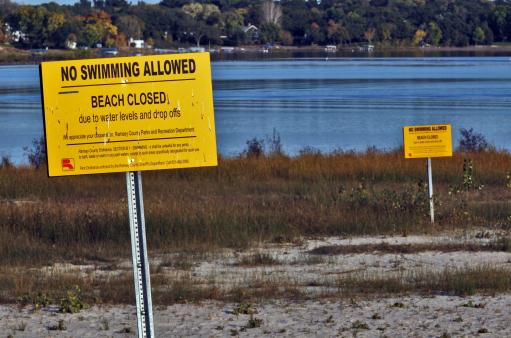
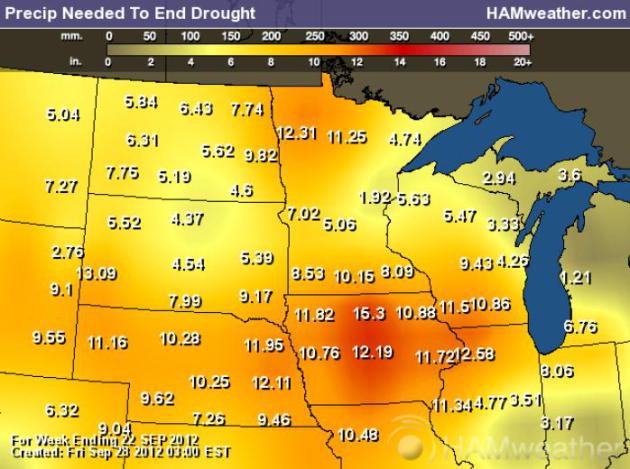

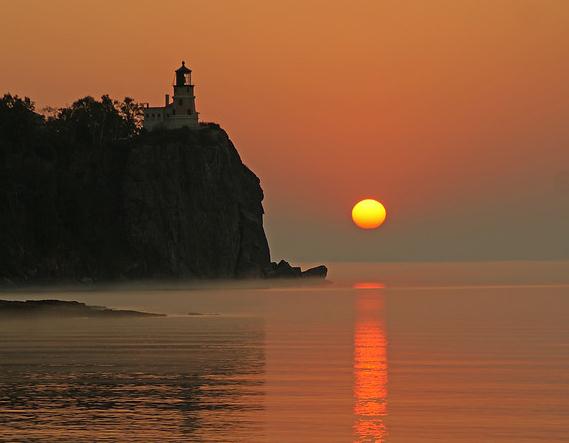
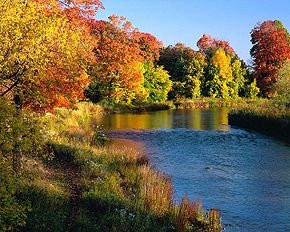
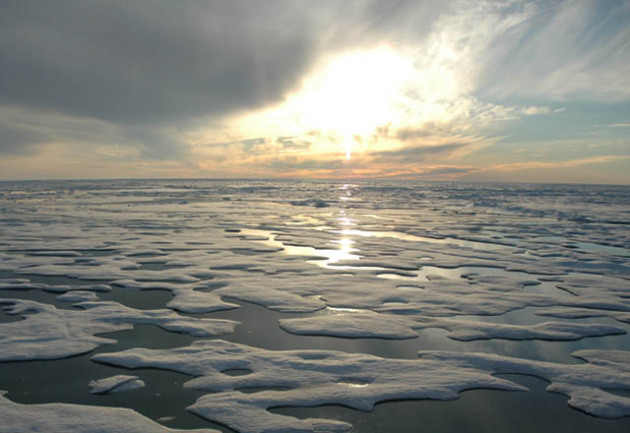

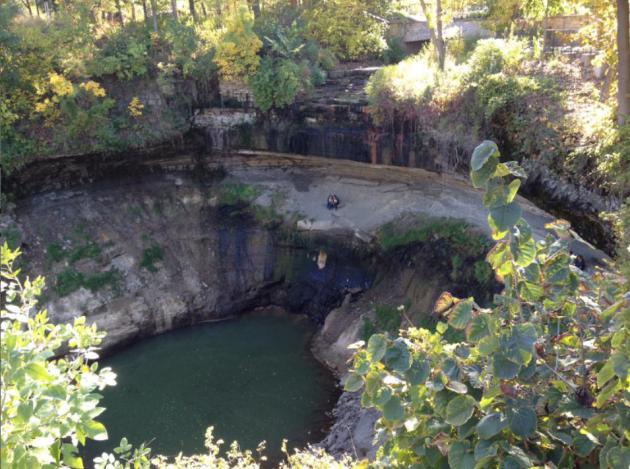
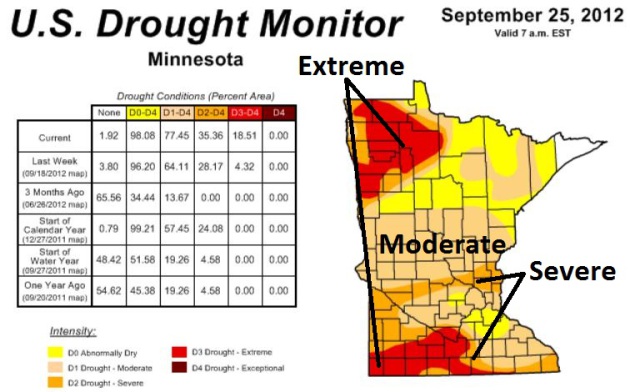


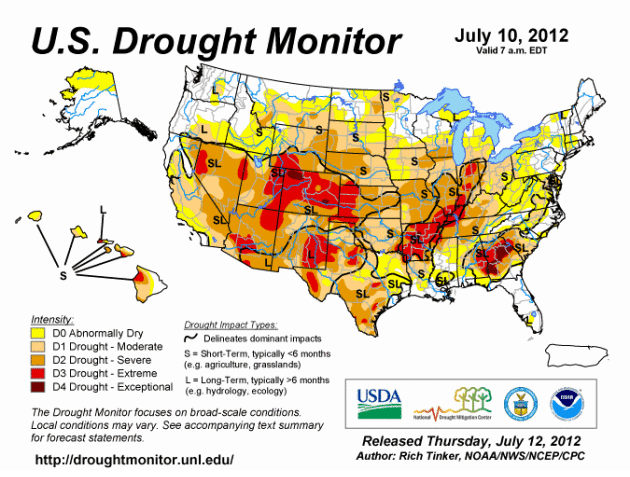
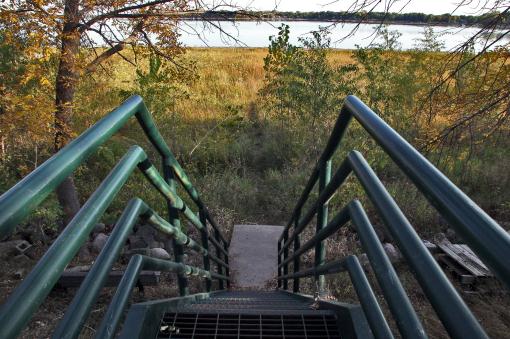

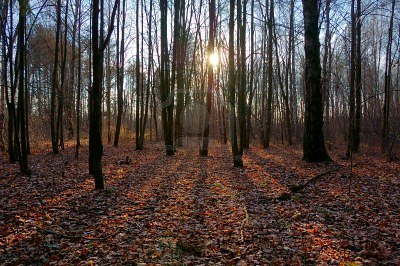

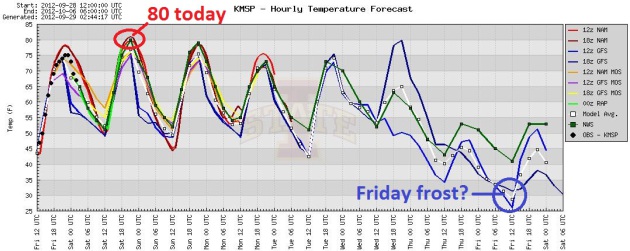
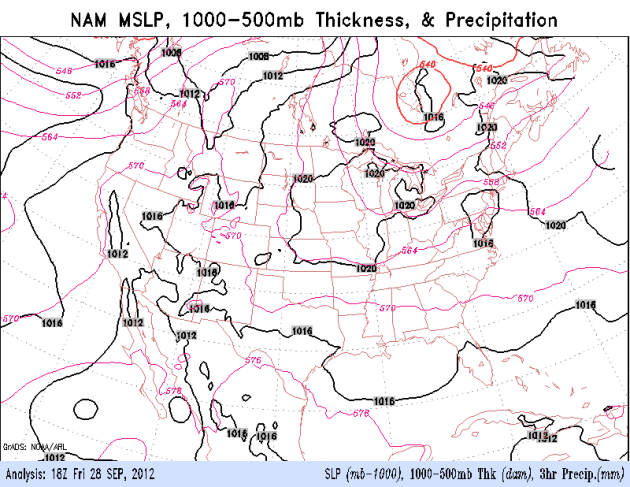


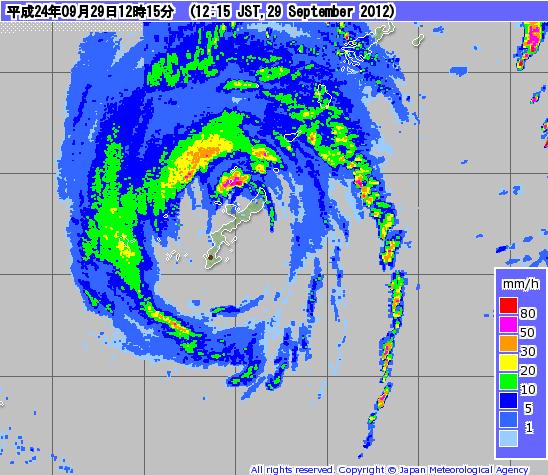


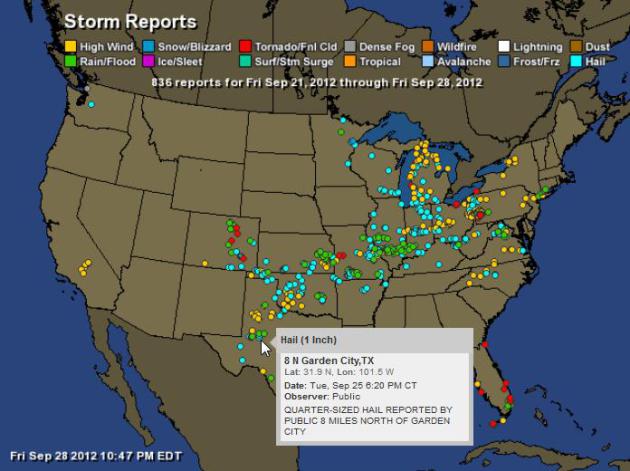
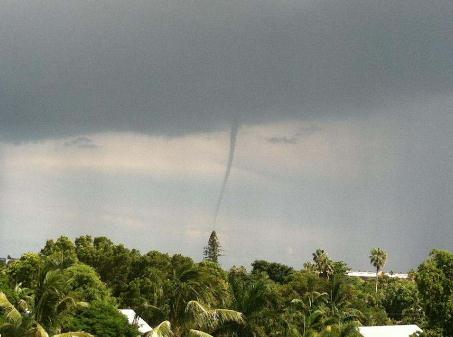
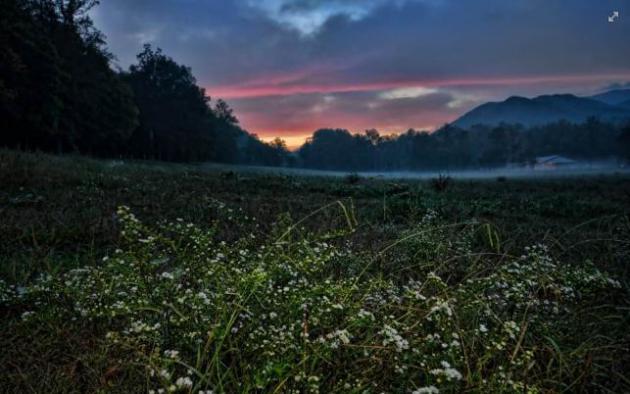
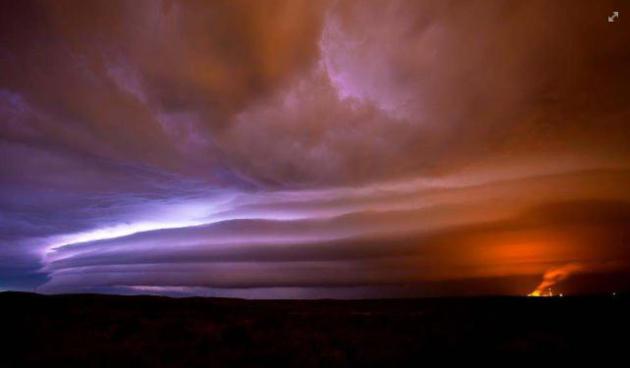
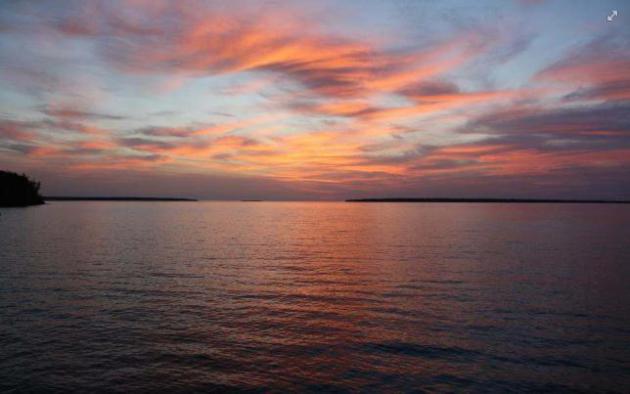
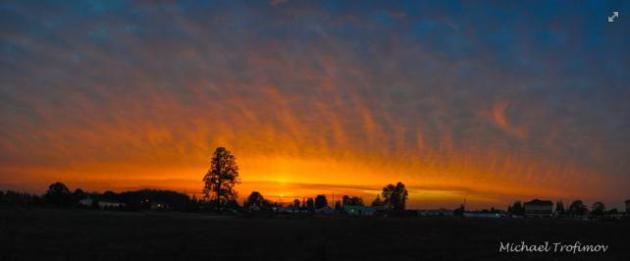





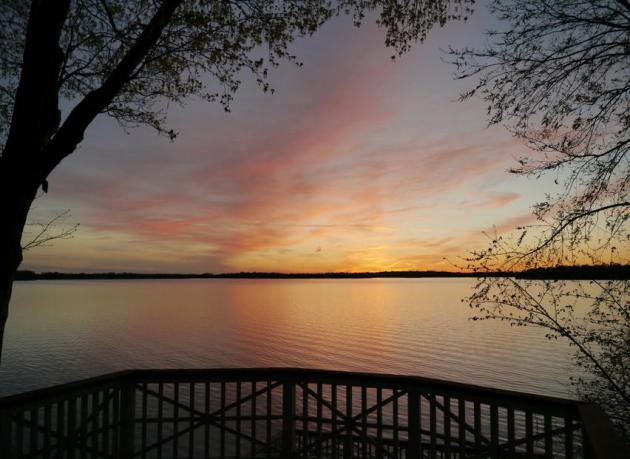
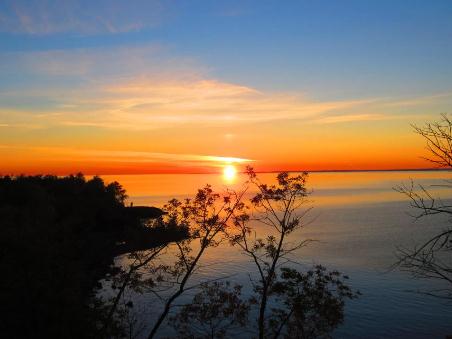

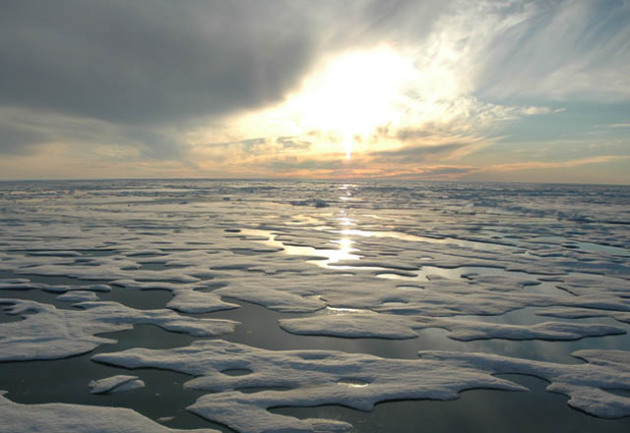

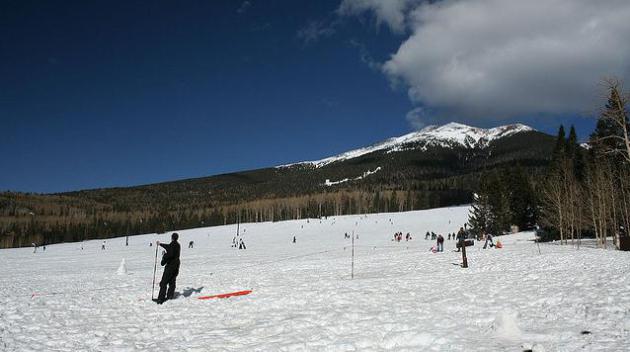

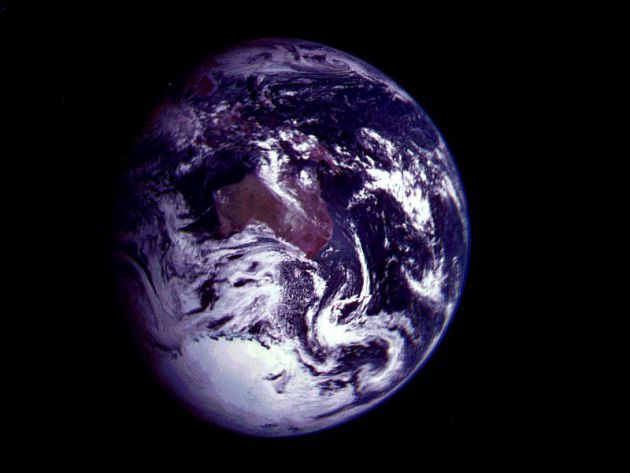

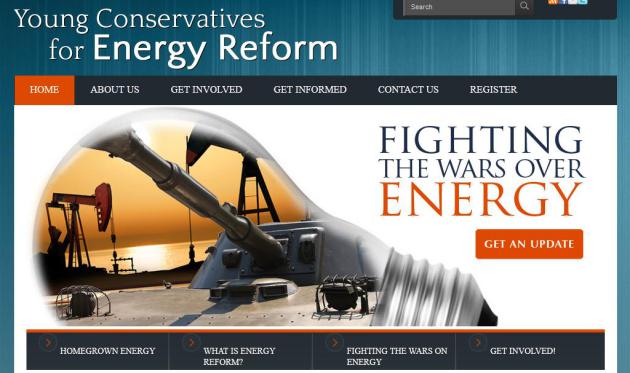

No comments:
Post a Comment